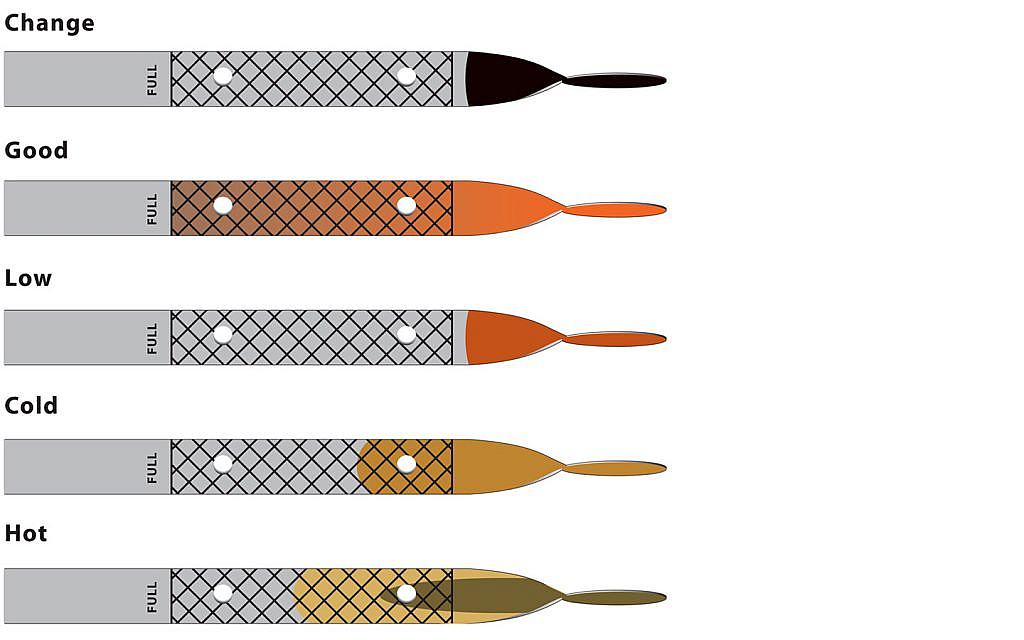Understanding how to read a dipstick oil is essential for maintaining your vehicle’s engine health. Regular checks can prevent costly repairs and ensure your engine runs smoothly. In this complete guide, we will explore the importance of oil checks, how to properly read a dipstick, and tips for maintaining your engine oil.
Why Checking Your Oil is Important
Oil is the lifeblood of your vehicle’s engine. It lubricates moving parts, reduces friction, and helps to keep the engine cool. Here are a few reasons why you should regularly check your oil:
- Engine Protection: Regular oil checks help prevent engine wear and tear.
- Performance: Proper oil levels ensure optimal engine performance.
- Fuel Efficiency: Maintaining the right oil level can improve fuel efficiency.
- Prevent Overheating: Oil helps dissipate heat, reducing the risk of overheating.
Tools Needed
To read your dipstick, you will need:
- A clean rag or paper towel
- Your vehicle’s owner’s manual (for specific instructions)
How to Read a Dipstick
Reading a dipstick is a straightforward process. Follow these steps:
1. Prepare Your Vehicle
Before checking the oil, ensure your vehicle is parked on a level surface. Turn off the engine and wait for a few minutes to allow the oil to settle.
2. Locate the Dipstick
The dipstick is usually found near the engine and is marked with a brightly colored handle (often yellow or orange). Refer to your owner’s manual if you’re having trouble finding it.
3. Remove the Dipstick
Pull the dipstick out of its tube gently. Wipe the end of the dipstick with a clean rag or paper towel to remove any oil.
4. Reinsert the Dipstick
Insert the dipstick back into the tube completely and then remove it again to check the oil level.
5. Check the Oil Level
Look at the end of the dipstick. You will see markings that indicate the oil level. These are usually marked as MIN (minimum) and MAX (maximum).
- If the oil level is below the MIN mark, you need to add oil.
- If it is between MIN and MAX, your oil level is adequate.
- If it is above MAX, you may have overfilled the oil.
6. Check Oil Condition
Besides the level, also check the oil’s condition. New oil is typically a clear amber color. If the oil looks dark and gritty, it may need to be changed.
Maintaining Your Engine Oil
To keep your engine running smoothly, follow these maintenance tips:
- Change Oil Regularly: Follow your vehicle’s maintenance schedule for oil changes.
- Use the Right Oil: Always use the type of oil recommended in your owner’s manual.
- Monitor Oil Leaks: Look for any signs of oil leaks under your vehicle.
- Keep it Clean: Regularly check and replace the oil filter as needed.
Reading a dipstick oil is a simple yet vital task for any vehicle owner. By following the steps outlined in this guide, you can ensure that your engine is properly lubricated and functioning efficiently. Regular checks will not only extend the life of your engine but also enhance your vehicle’s performance. Remember, a little maintenance goes a long way!
For any specific concerns or irregularities, consult with a professional mechanic to ensure your vehicle remains in top condition.

